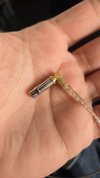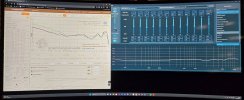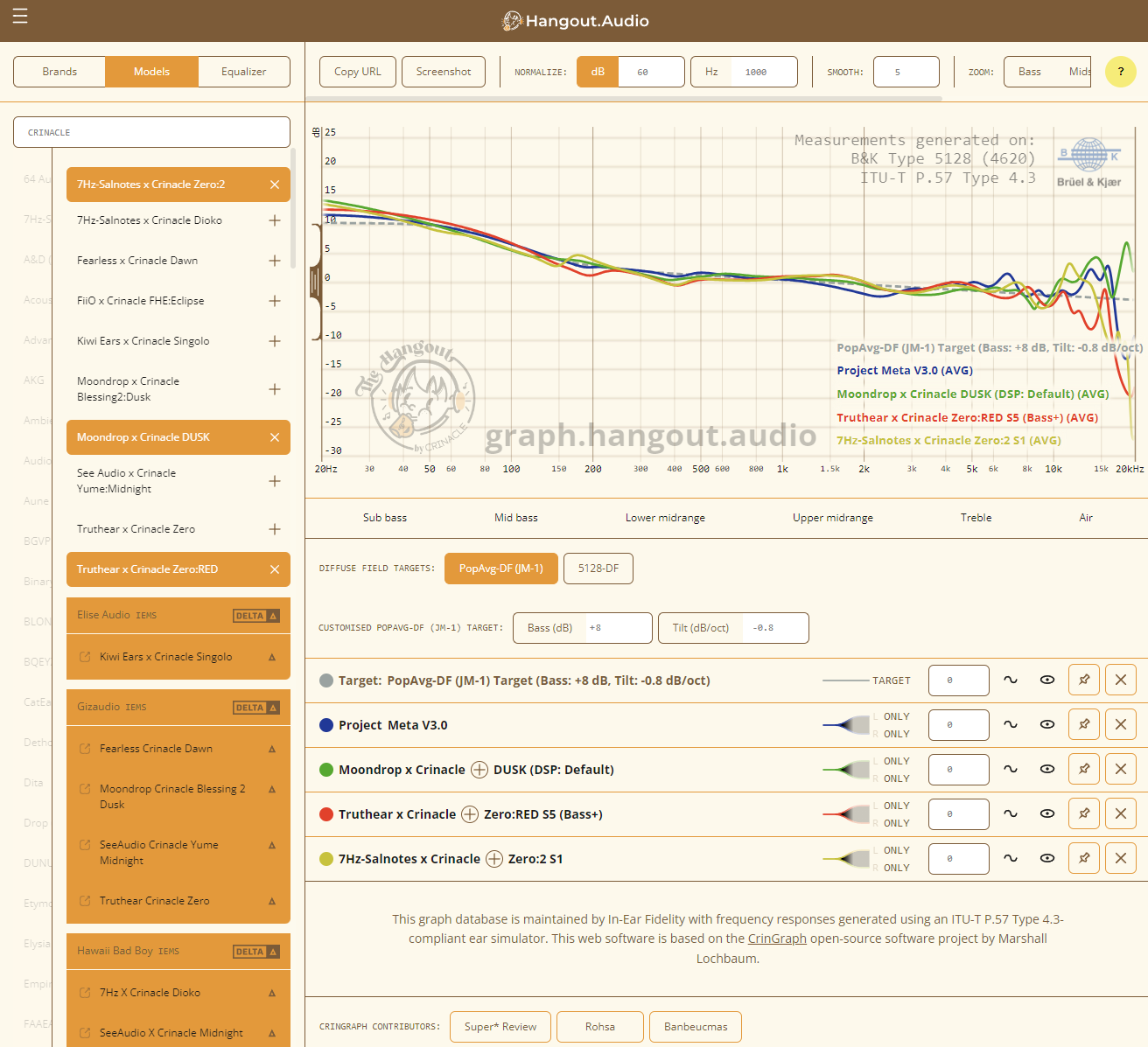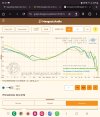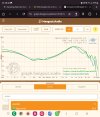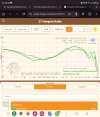Sebby
Active Member
I just got back from dinner and started fiddling around with an album I love "a different kind of human - step 1" by Aurora. In half an hour I create up with this E.Q. that needs some improvement, but I'm already enjoying it a lot (the parameters are below). I like your E.Q. a little less subjectively, but you've fixed an objective problem of this IEM, as if you had removed a heavy blanket and it can finally breathe. As for Blue 2, I wouldn't trust the preliminary data too much (the past teaches us) but maybe I'm wrong.View attachment 425371
Thanks for the detailed reply! I'll analyze a bit more, but just take a look at the pre-production Blue 2, overall it looks like to be differently tuned than what they had previously. I'm okay to spend 150$ once, but cant really make it as a hobby and buy left and right sets, till i find my taste. Pretty much got a bullet to nail it.
Out of curiosity give this PEQ for the Zero 2s a try, i have tried to stay as close as possible to 5128 SoundGuys target
Preamp: -5.9 dB
Filter 1: ON PK Fc 20 Hz Gain -3.2 dB Q 1.000
Filter 2: ON PK Fc 7300 Hz Gain -3.2 dB Q 4.100
Filter 3: ON PK Fc 9400 Hz Gain 6.0 dB Q 2.300
Filter 4: ON PK Fc 11460 Hz Gain -5.6 dB Q 3.900
Filter 5: ON PK Fc 15700 Hz Gain 5.9 dB Q 1.500
Filter 1: ON PK Fc 20 Hz Gain -3 dB Q 1
Filter 2: ON PK Fc 20 Hz Gain 6 dB Q 0.5
Filter 3: ON PK Fc 3500 Hz Gain -3 dB Q 2
Filter 4: ON PK Fc 5000 Hz Gain 3 dB Q 8
Filter 5: ON PK Fc 6000 Hz Gain -3 dB Q 3
Filter 7: ON PK Fc 9500 Hz Gain 5 dB Q 5
Filter 7: ON PK Fc 15000 Hz Gain 7 dB Q 3
The preamp is at -11 but because I have all the profiles set the same so as to have the volumes leveled between them

